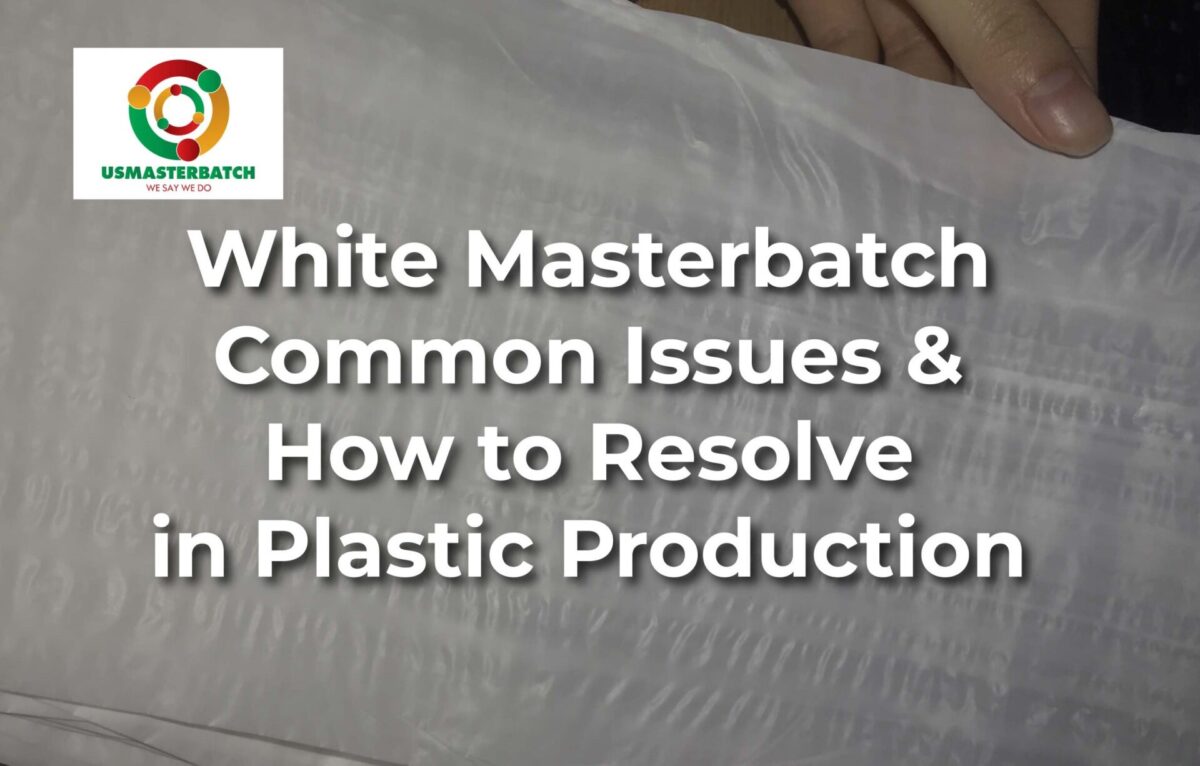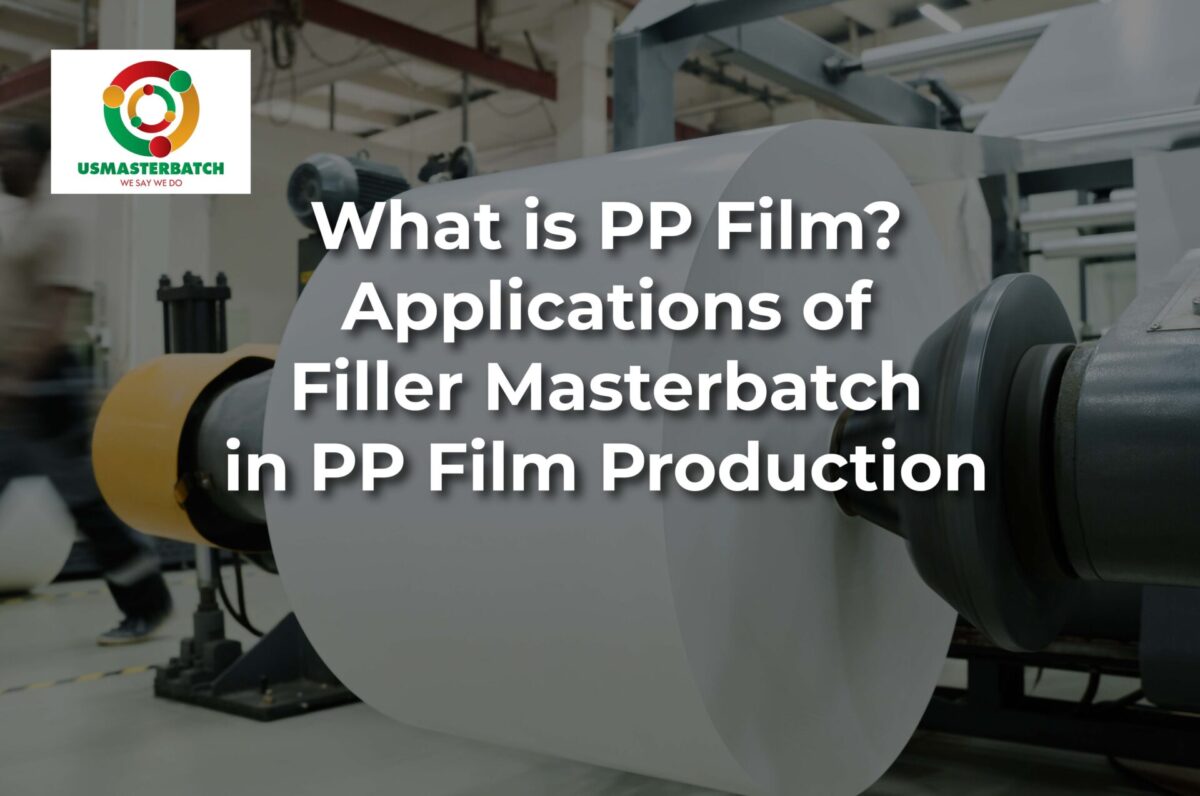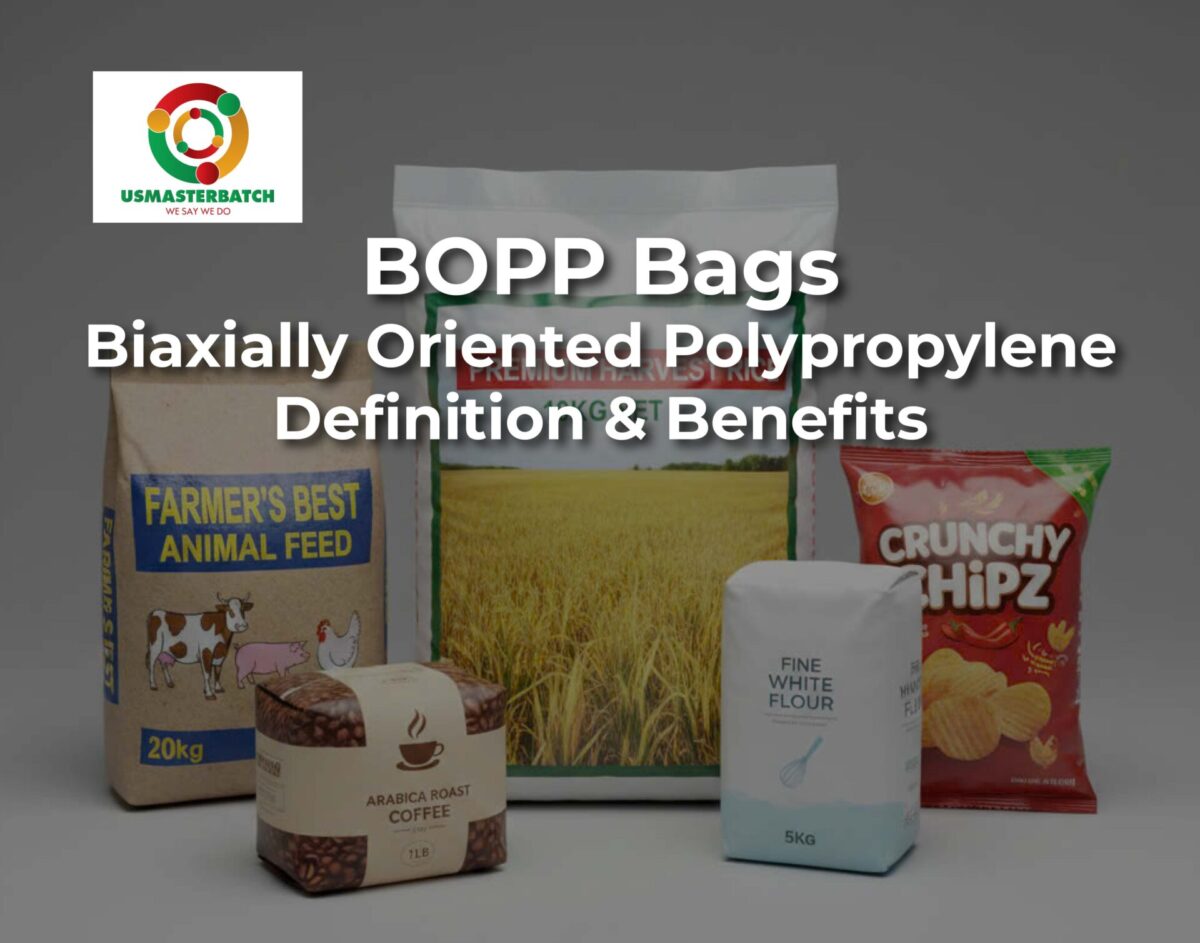Antistatic Additive – Benefits and Applications
Static electricity is a common problem in the plastics, packaging, and manufacturing industries. It can cause dust attraction, processing difficulties, product damage, and even safety hazards. To solve these issues, manufacturers often use antistatic additive — special compounds designed to reduce or eliminate static charge on plastic surfaces. In today’s competitive market, antistatic additives play…
Read MoreCommon Issues When Using White Masterbatch in Plastic Production and How to Resolve Them
What is white masterbatch? White masterbatch is a white plastic color concentrate produced by combining Titanium Dioxide (TiO₂) pigment with a polymer carrier resin (such as PE, PP, PS…) along with dispersing additives. It is used to create a white color, increase opacity, and improve the surface quality of plastic products. Today, our company US…
Read MoreWhat Are PP Reprocessed Granules and Applications
PP reprocessed granules are increasingly playing an important role in today’s plastics industry. In response to the demand for environmentally friendly and cost-effective materials, many companies have turned to using recycled PP in the production of packaging, household goods, industrial components, and various consumer products. PP reprocessed granules are produced by collecting, sorting, cleaning, and…
Read MoreCommon Mistakes When Using Black Masterbatch in Plastic Production and How to Fix Them
Black masterbatch is one of the most essential additives in the plastic industry, widely used to achieve deep black color, enhance UV resistance, and improve the surface appearance of finished products. Whether applied in injection molding, blow molding, film extrusion, or pipe production, black masterbatch significantly affects the final performance and visual quality of plastic…
Read MoreWhat is PP Film? Applications of Filler Masterbatch in PP Film Production
Polypropylene (PP) film is one of the most widely used plastic films in packaging, labeling, and industrial sectors. Known for its excellent mechanical properties, chemical resistance, and clarity, PP film has become an essential material in modern manufacturing. Its versatility allows it to serve various purposes, from flexible packaging for food and pharmaceuticals to industrial…
Read MoreBiaxially Oriented Polypropylene (BOPP) Bags – Definition and Benefits
In today’s rapidly growing packaging industry, Biaxially Oriented Polypropylene (BOPP) bags have become one of the most preferred solutions for agricultural, chemical, food, and consumer goods. Their superior strength, excellent printability, glossy appearance and moisture resistance make them ideal for both domestic distribution and export markets. At US Masterbatch, we provide premium-quality Filler Masterbatch, Additive…
Read More












